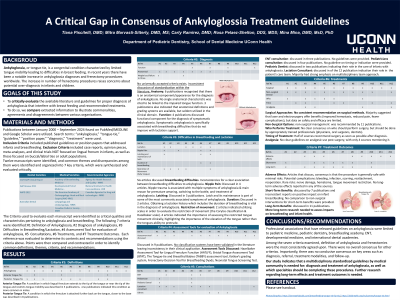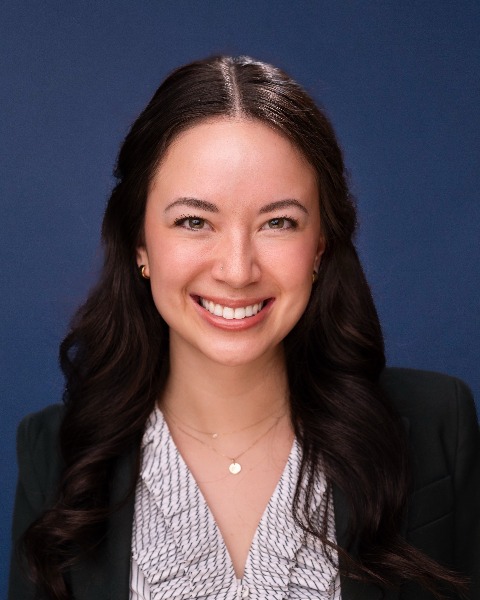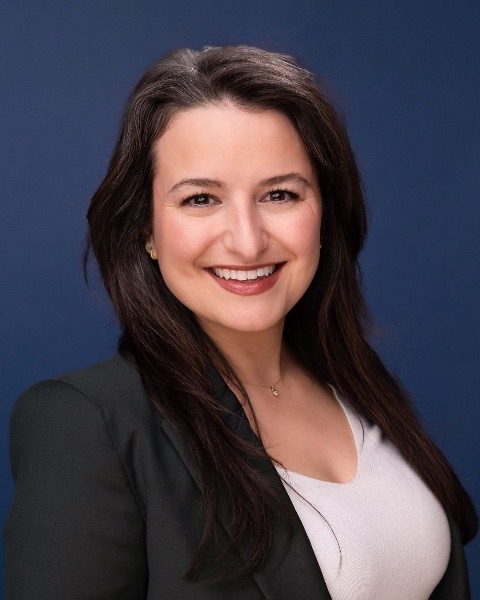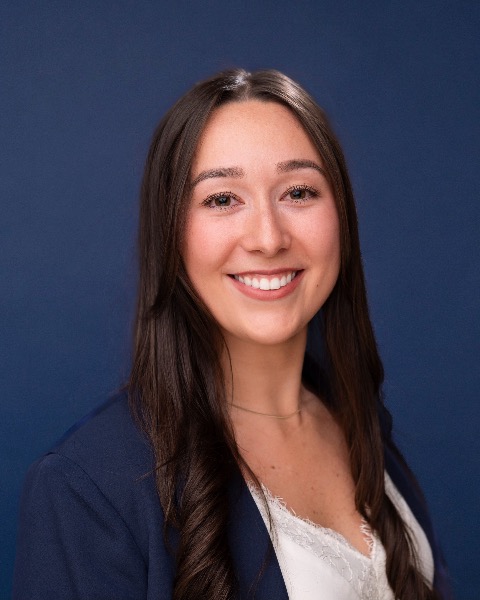Other
352 - A Critical Gap in Consensus of Ankyloglossia Treatment Guidelines


Tiana Piscitelli, DMD
Pediatric Dental Resident
University of Connecticut Health Ctr & Connecticut Children's Med Ctr
University of Connecticut Health
west Hartford, Connecticut, United States
Mitra Marvasti-Sitterly, DMD
Pediatric Dental Resident PGY 2
University of Connecticut, Mansfield, CT
University of Connecticut
Farmington, Connecticut, United States
Carly Ramirez, DMD
Pediatric Dental Resident
University of Connecticut Health Ctr & Connecticut Children's Med Ctr
University of Connecticut School of Dental Medicine
Hartford, Connecticut, United States- MM
Mina Mina, DMD, MsD, PhD
Professor
University of Connecticut Heath Center, School of Dental School
Farmington, Connecticut, United States - RP
Rosa E. Pelaez-Shelton, DDS, MDS
Program Director
UConn School of Dental Medicine Pediatric Dentistry
Farmington, Connecticut, United States
Presenting Author(s)
Co-Author(s)
Research Mentor(s)
Program Director(s)
Objective: To evaluate and compare the guidelines from relevant professional organizations regarding the diagnosis and management of ankyloglossia.
Methods: Guidelines from relevant professional organizations were compared through a systematic review of definitions, diagnostic criteria, areas of collaboration, treatment recommendations, outcomes, and follow up. The professional organizations included: Canadian Agencies for Drugs and Technologies in Health, Journal of Laryngology and Otolaryngology, National Institute for Healthcare and Excellence i.e Agency of Healthcare and Research and Quality, Academy of Breastfeeding Medicine, Developmental Period Medicine, Australian Dental Association, American Academy of Otolaryngology - Head and Neck Surgery, American Academy of Pediatrics, Canadian Pediatric Society, and American Academy of Pediatric Dentistry.
Results: Our systematic review indicated significant variability in the definitions, diagnosis, areas of collaboration, treatment recommendations, outcomes, and follow up for ankyloglossia among organizations. While some guidelines emphasized conservative management, others advocated for surgical intervention for difficulties breastfeeding and speech impediments. Notably, our systematic review revealed a complete lack of comprehensive, evidence-based gold standard for ankyloglossia diagnosis and treatment, and it highlights the challenges faced by clinicians navigating conflicting recommendations.
Conclusion: Despite the increasing interest and necessity in diagnosis and treatment of ankyloglossia, our study showed the lack of clear and consistent clinical guidelines and recommendations among various professional organizations. Our findings highlight the challenges faced by clinicians navigating conflicting recommendations. Thus, there is a need for collaborative research and the development of standardized, evidence-based guidelines across all specialties for diagnosis and management of ankyloglossia.
Identify Supporting Agency and Grant Number:

.jpg)